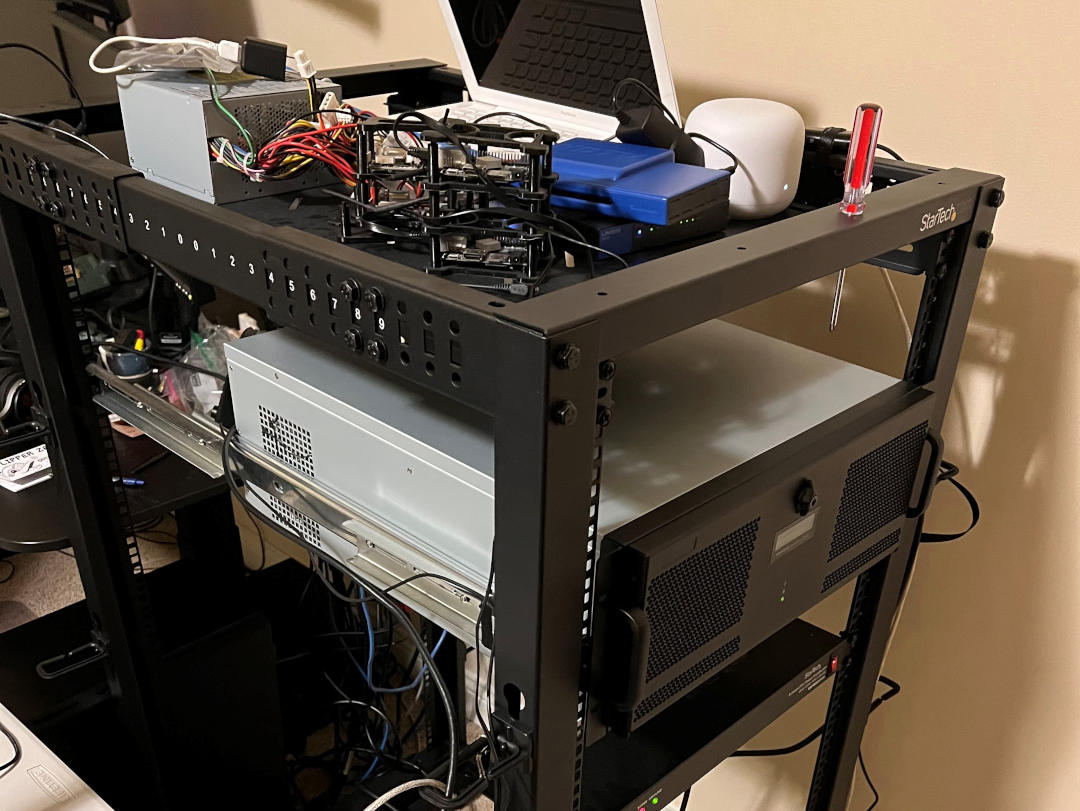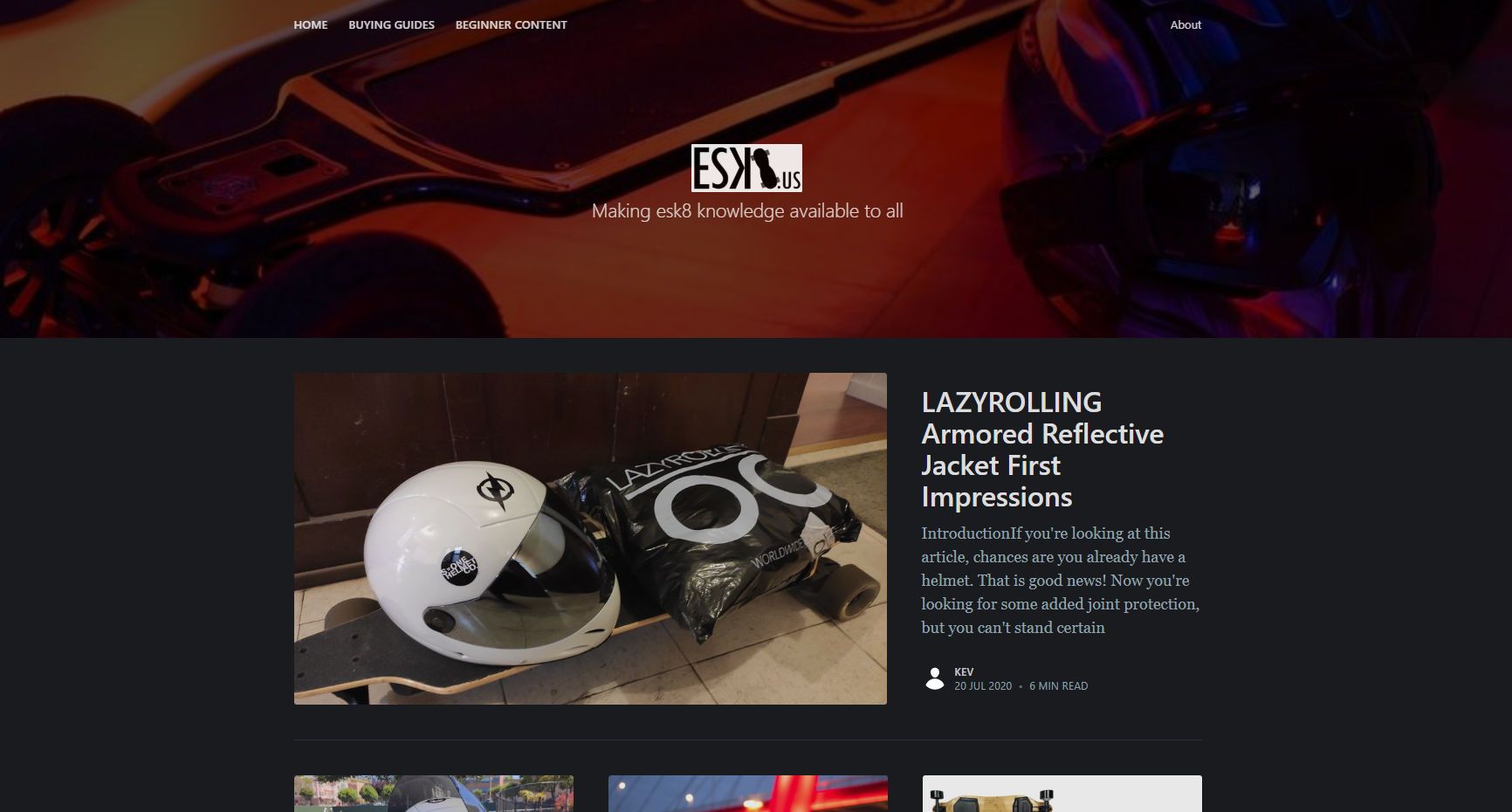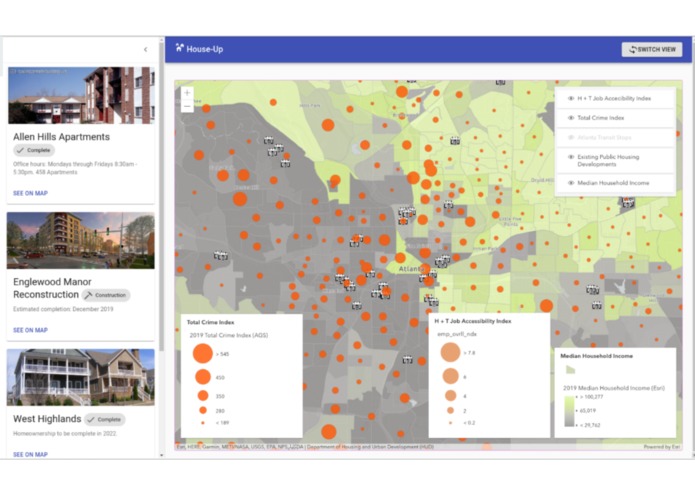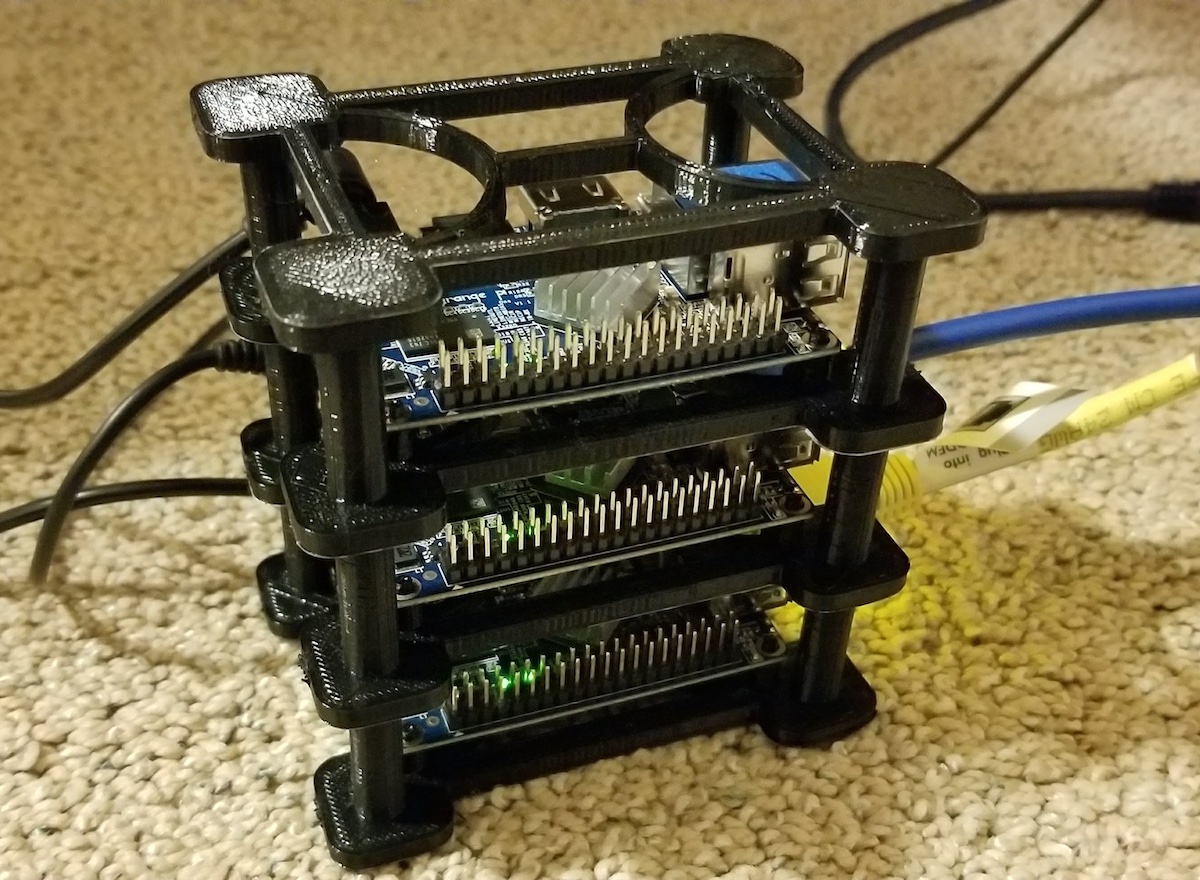
I grew up in Madison Wisconsin and was the co-president of the high school robotics team as well as the lead payload engineer for the rocketry club. After high school, I studied Computer Science at the Georgia Institute of Technology and graduated in the Spring of 2022. While there, I was a teaching assistant for the Systems and Networks course for two semesters and the head teaching assistant for three semesters. In my final semester, I worked in the Space System Design lab to build infrastructure that connected our ground stations and allowed for remote access from our Mission Operations Center. In my free time, I enjoy hiking, electric skateboarding, gardening, bonsai, hobbiest electronics, and am a big sneakerhead!
Sam Roquitte
Seattle, WA
[email protected]
Student • 2018-2022
Bachelors of Science in Computer Science (threads: devices & intelligence)
Honors: summa cum laude
Software Engineer II, Embedded Software• Aug 2024 - Present
Software Engineer I, Embedded Software• Feb 2023 - Aug 2024
Software Engineer I, Site Reliability Engineering • July 2022 - Nov 2022 (layoff)
Research Assistant, Ground Station Operations • Spring 2022
Head Teaching Assistant • Fall 2020, Spring 2021, Fall 2021
Teaching Assistant • Fall 2019, Spring 2020
Software Developer Intern• Summer 2021
Software Developer Intern• Summer 2019 & 2020
At HackGT 7 (2020), I got the opportunity to work with an amazing team to build BuzzBasket. The demo video above gives a good overview of the project that we built which won NCRs first prize! Most of the work that I did for the project was with the NCR Silver API building the recommendation engines and ordering service. Check out the devpost link below to learn more!
Hackathon, Web Development
In 2013, I bought a Dell Poweredge 2800 for $25. I used it to learn about Linux and host simple HTML pages
using Apache. I slowly upgraded components and eventually built a more modern machine which I still use to this day
for hosting personal projects and sites like this one!
I now have all of my sites running in containers in a micro-service
architecture using Docker. Hardware-wise, I have upgraded to a 25U rack with multiple multiple machines, network switches,
and routers.

During Summer 2020, I created a website to share electric skateboard content. I recruited a few other authors to help write posts on the site and we all worked together to build it out. The site is selfhosted and fully Docker-ized for easy startup. It uses Ghost blog with Matomo for analytics. My goal with the site is to help new riders find the right board for them.
Web Development
At HackGT 2019, I worked with a team to build an application that allows city planners to pick better locations to build low income housing. We used ESRI APIs to overlay geographic census data that correlated with successful low income housing projects so that the user can easily find good locations. We also trained a neural network to look at the census data and completed low income housing projects to suggest good areas for new low income housing. We combined these two tools into a webapp using React.
HackathonAt MakeHarvard 2019, I worked with one of my friends to build a smart lighting system for electric skateboards. Our system uses an esp8266 along with a 9dof to apply brake lights and turning signals when the rider slows down/turns. By adding this to a board, the rider can become much safer and effortlessly communicate their intentions to cars on the road.
Hardware, HackathonI led a group of students in creating a system that collects various data while the rocket is flying. It used an Arduino connected to some sensors and wrote data to a SD card. All of the code for the Arduino is avaliable on my Github page (linked below) as well as the data we collected and a python script that I wrote to graph the data.
Hardware
I've designed a few 3D printable cluster cases for single board computers. Combined, they have over 4,500 views and 1,500 downloads. The cases allow the user to stack as many boards as they want without needing to print many diferent parts.
HardwareI led a group of students in creating a system that collects various data while the rocket is flying. It used an Arduino connected to some sensors and wrote data to a SD card. All of the code for the Arduino is avaliable on my Github page (linked below) as well as the data we collected and a python script that I wrote to graph the data.
Programming, Hardware